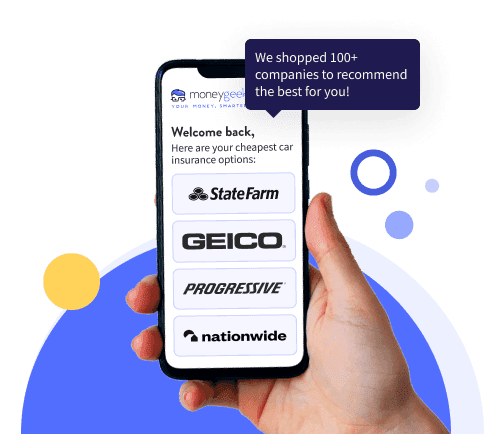Auto insurance can protect you against financial loss after a covered peril, such as an accident on the road or an off-road disaster. Depending on the state you live in, it may be required by law.
In short, car insurance is crucial to have. However, it can be challenging to understand how it covers you, what it means to make a claim, how much coverage you should buy and how much a policy costs. This car insurance guide can help you understand more about your insurance so you can make informed decisions when selecting and utilizing your policy.










